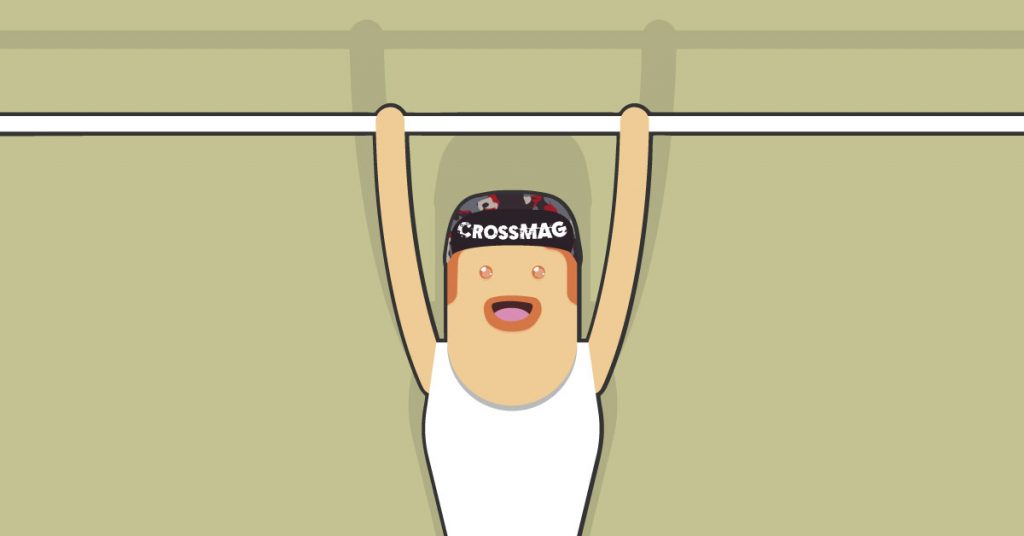Slow forward, slow behind, Overhead press, military press.
With barbell, with dumbbells, with kettlebells, Smith Machine style.
From sitting.
And push press.
Let's clarify, what do you say?
Index
Why the military press
A historical note: before the invention of the flat bench, the military press was the upper body exercise par excellence.
The military press is a bomb for the shoulders (in a good way, otherwise... it's the slow behind!), whether you want to train the force, than push with hypertrophy.
What about the other exercises I mentioned?
We exclude them (at least of this article).
La push press takes advantage of the thrust of the legs. The slow back has a dynamic that is partly different from the military press (and its infallibility in smashing shoulders and neck is still debated).
For lexical purists, the overhead press is not the military press: because in the first the feet are slightly apart.
Muscles involved in the military press
The military press, in addition to the aforementioned frontal and lateral deltoids, involves
- Posterior deltoids (but only for the moderate action of extension of the humerus)
- Upper trapezius (in synergy with the posterior deltoid)
- Triceps, which is extremely involved
- Grand breastplate, which has a powerful role in the push
- Brachial biceps
How the military press is performed
La pinch (made with three fingers) on the barbell it is slightly wider than the shoulders.
A warning: the lumbar spine must be extended (in fact it does it physiologically), because performing the movement with a flat back invariably means getting hurt.
Then, the apple of discord: the position of the feet.
The feet are side by side, in contact. It is called military press precisely because the position recalls that of the attention. Anyone who tells you that your feet should be spread apart is confused with the overhead press.
If you want, "slow forward" can encompass both movements ... but they are matters of goat wool.
Military is military, period.
So feet together. The rest of the starting position: chest out, elbows under the barbell, shoulder blades and abducted (they allow you to push the chest out well).
La trajectory of movement it is a parenthesis, or a curve in front of the face. Push the bar slightly forward - just enough not to ruin your chin - and then get it back over your head by the end of the movement.
The important thing is that the thrust comes only from the upper body: legs are extended and they do not participate in the movement. (If you are working with heavy loads you can keep your knees slightly flexed, to absorb the load.)
Once you reach the extended position - it is not necessary to "lock" the elbows - return the balance to its starting position with controlled movement.
And with dumbbells?
The arms must be slightly forward from the torso, how to simulate the position you would have with the barbell. For the rest, the movement is the same.
And with the Smith Machine?
Oh well, let's not joke.
(Other than that, you will already know that multi-articular movements performed with free weights they call into question a series of minor muscles, stabilizers, which you do not involve with the surrogates in the car. Then try the ceiling with the free barbell, and make a fool.)

